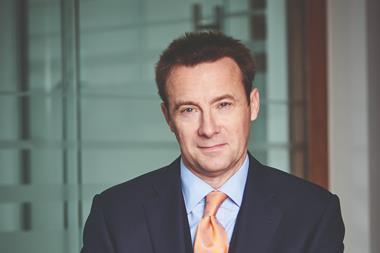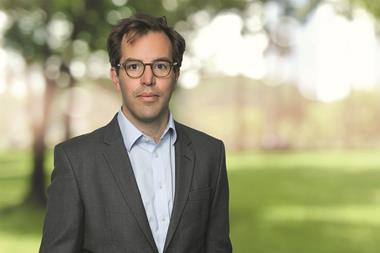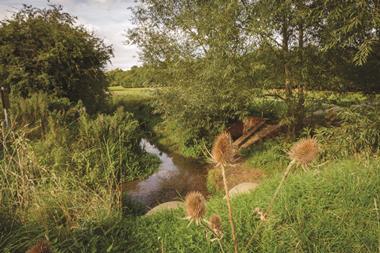After two years of unprecedented challenges faced by real estate, experts share their predictions for 2022.

Mervyn Howard
Executive chairman, Apache Capital
Last year was the year of the alternative asset classes and their upward trajectory is unlikely to slow down in 2022, as investors continue to reassess their real estate portfolios in the wake of the pandemic.
The rapid growth of BTR across multi- and single-family housing will continue as a defining feature of residential real estate. The fundamentals that have driven investor interest in the sector to date – a profound supply-demand imbalance combined with the promise of liability-matching income streams with defensive counter-cyclical qualities – will remain in place this year and beyond.
A higher inflationary outlook also increases BTR’s appeal. This is because it is better placed than other real estate asset classes to capture rental growth, as you are looking at annual lease renewals, rather than every five or so years, as is common in commercial property. The key question for investors is how transitory inflation will prove to be.

Bruce Dear
Head of London real estate, Eversheds Sutherland
Chris Whitty has already defined 2022, by saying that multi-variant vaccines are “18 months away” and more Covid waves are coming. We must face them with vision, common sense and optimism. The vision must be to vaccinate humanity – think big or drown small. Common sense says we stay as open as possible but take rational precautions.
Omicron will make Q1 parlous for retail and hospitality, and real estate markets will roil with rising construction costs, supply stress, inflation and a slowing China. But the Bank of England (BoE) will baby-step any base rate rises to shield homeowners. So residential will remain strong, driven by shortages and demand for rural remote working.
Logistics will get hotter still, as we shop, work and live online. There will be big opportunities in early-cycle office development and wider public-sector- and transport-led regeneration. We should stay optimistic. Pandemics punctuate history, but they have never beaten us. Neither will this one.

Anthea Harries
Head of assets, King’s Cross
My overarching hope for 2022 is that our sector regains some stability. As we move into the next stage of the pandemic, there are undoubtedly more challenges still to come, but I’m confident that the industry will implement the positive lessons learned through the pandemic. We are more flexible, nimbler and working more closely than ever with occupiers.
Now we must focus on applying these lessons to the urgent challenges of combating climate change, delivering on diversity and inclusion ambitions, and responding to new working patterns and changing routines.

John Badman
Principal, CallisonRTKL
A new era is being driven by hybrid lifestyles and hybrid working cities. As a result, the brief for the home is changing and being informed by how people can work and be productive in their living environments, as well as by the tech infrastructure needed to support this.
People are outgrowing material desires. We don’t want ‘things’ so much as we want meaningful connections and greater freedoms. We want to do and be better. This newfound ethical and health conscience is changing the landscape and opening up a market for climate-positive, socially inclusive BTR and multi-family communities. Seen as local hubs, these are based on a blended offer that creates a sense of belonging for residents and wider communities.
This becomes especially important when people are spending more time at home and in their neighbourhood bubbles. Where before, these properties were kept to city-fringe locations, now they are being introduced into previously unimagined locations, such as above high streets and shopping centres, adjacent to transit hubs and mixed in with commercial, hospitality and healthcare offers.
Continue to part 28 here
Predictions for 2022: Brace yourself…
- 1
- 2
- 3
- 4
- 5
- 6
- 7
- 8
- 9
- 10
- 11
- 12
- 13
- 14
- 15
- 16
- 17
- 18
- 19
- 20
- 21
- 22
- 23
- 24
- 25
- 26
- 27
- 28
- 29
- 30
- 31
- 32
- 33
- 34
- 35
- 36
- 37
- 38
 Currently reading
Currently readingPredictions for 2022: Brace yourself (part twenty-seven)
- 39
- 40
- 41
- 42
- 43
- 44
- 45
- 46
- 47
- 48
- 49
- 50
- 51
- 52
- 53




















































































No comments yet